Water Efficiency for Multi-Family Apartment Property Owners and Managers
EBMUD offers free water-saving tools and services for property owners, property management companies, and residents. Avoid expensive leaks, cut costs, and save water.
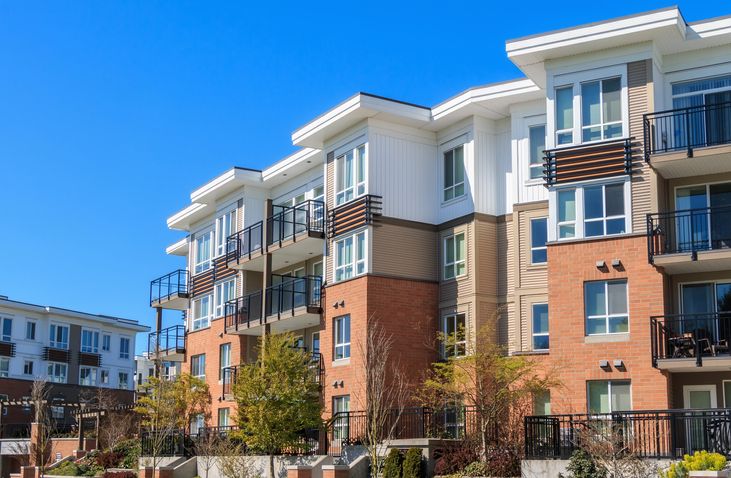
Rebates and Services
Learn more about EBMUD free rebates and services which can help you save water.
-
Commercial clothes washer rebate (Up to $125.00)
- Replacing conventional clothes washers with high-efficiency models can cut water and energy use in half, saving money with every load.
-
Custom rebate
- Your business or institution may be eligible for a customized rebate for the purchase of equipment or hardware that improves water efficiency.
-
On-Bill Financing
- EBMUD pays the up-front costs of water-saving upgrades, and you repay over time on your bill. The water savings will offset the repayment costs!
-
Landscape rebate
-
Lawn Conversion
- Invest in long-term drought resilience by modernizing your garden with water-wise plants. Double your rebate to $2/sq. ft. with the super or median strip rebate!
-
Efficient Irrigation Upgrades
- Revamp your irrigation system with technology proven to reduce waste and increase efficiency, like drip irrigation, self-adjusting "smart" controllers, and high-efficiency nozzles.
-
Lawn Conversion
-
Flowmeter rebate (Up to $200)
- Don't wait two months for your next high bill. Use flow-sensing technologies to monitor your water use and get timely notifications of leaks.
- Water saving devices
Water Efficiency Best Practices for Multi-Family Apartment Buildings
Watch your water bill. An increase in your water bill could mean you have a leak in an underground pipe, building, or irrigation system. Knowing your typical water use can help you identify leaks as soon as possible, before you see water damage or water pooling.
Prevent and fix leaks. Leaks can add up quickly. A leaking toilet can waste more than 200 gallons of water each day, and a dripping faucet or showerhead can waste up to 1,000 gallons per week. Remember to do the following:
- Replace toilet flappers every 3 to 5 years for a cost-effective way to prevent large leaks.
- Check and repair all plumbing fixtures as part of your routine maintenance schedule or during walkthroughs and turnovers.
- Respond to tenant requests for maintenance promptly, hopefully within 48 hours.
- Encourage tenants to report water leaks.
Install efficient fixtures in your dwelling units
Having efficient fixtures is one way to ensure property owners can help keep water use down. The following is fixtures is what is recommended property owners have in their apartment units.
Toilets
-
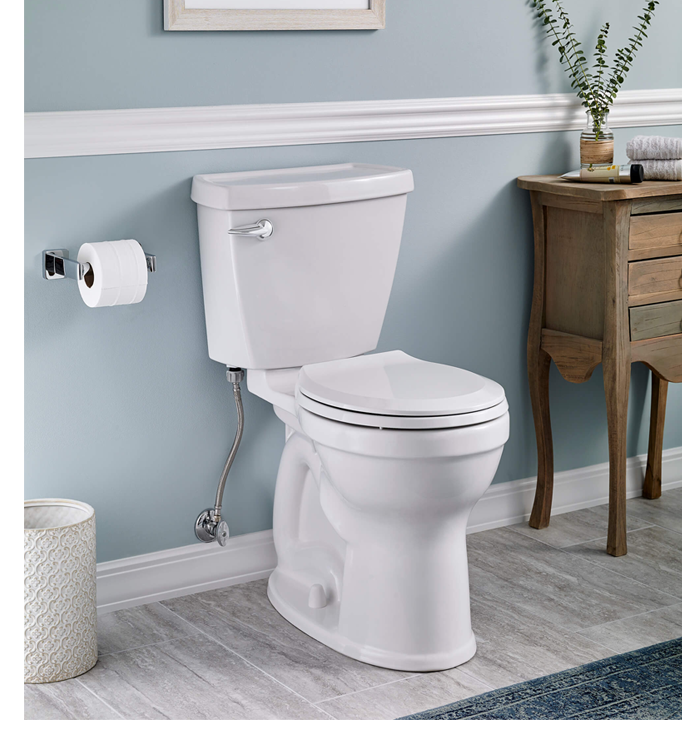
- 1.28 gpf toilets high efficiency toilet. The current efficiency standard in California.
- 1.0 gpf ultra high-efficiency toilet.
- 0.8 gpf ultra high-efficiency toilet.
- All toilets should be checked for leaks at least once year.
- Toilet tank water level should be ½” to 1” below the top of the overflow tube. Periodically check and adjust when necessary.
- Toilet flappers should be replaced once every 3-5 years.
- View this video on how to check your toilet for a leak.
- Vea este video sobre cómo revisar su inodoro para ver si tiene una fuga.
Showerheads
-
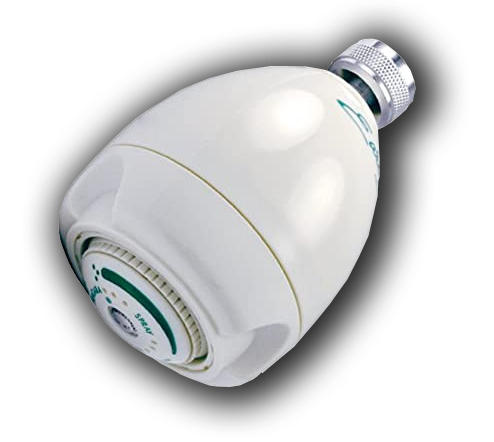
Showers have a valve that diverts water from the tub spout to the showerhead. When you turn on the shower, water should completely stop coming out of the tub spout after a few seconds. If water continues to flow after turning on the shower, that means the diverter valve is not making a seal and should be replaced. This is considered a leak. Some diverter leaks can be as much as what is coming out of the showerhead.
Bathroom Aerators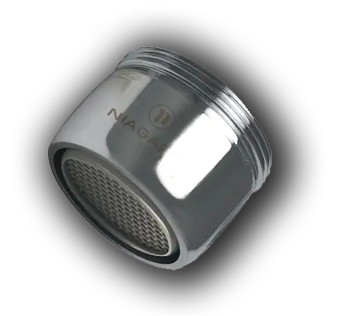
- 1.0 gallons per minute aerator is recommended in bathrooms.
- Remind people to not let the water run while shaving or brushing teeth.
- Replace aerators once every 2 to 3 years.
Kitchen Aerators
-
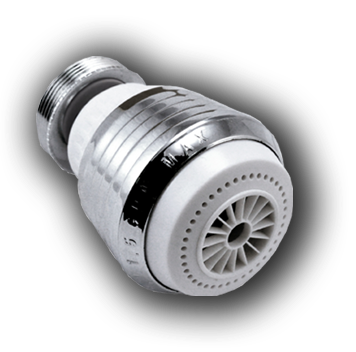
- Kitchen aerators are used on average 15 to 30 minutes per day.
- Replace aerators once every 2 to 3 years.
Dye Tabs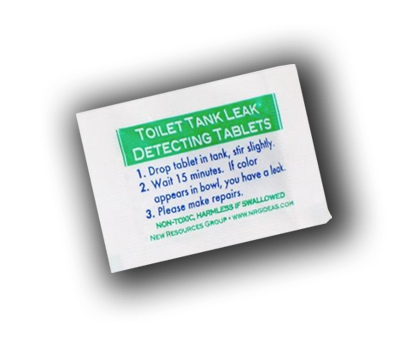
- Test tank toilets for leaks at least annually.
- Drop the dye tabs in the tank. Do not flush.
- Wait 15 minutes. If the blue dye appears in the bowl then you have a leak.
- The two places where a toilet leaks is the overflow tube and the flapper.
- View this video on how to check your toilet for a leak.
- Vea este video sobre cómo revisar su inodoro para ver si tiene una fuga.
Know your water use baseline
Property owners and property managers need to know their baseline water use to make sure their tenants are efficient. Review your water bill and look at the area in the bill marked "Consumption Information." Look at the area marked "Gal/Day" (gallons per day) and simply divide the gallons by the number of tenants in your building. Aim for 35 gallons per person/day, if your property has irrigation, a good way to establish a baseline is to look at your water usage for the wintertime when irrigation should be off.
- Read your water bill. Divide the total gallons used by the number of people in the building.
- Learn to read your water meter.
- Water Budgets: If your property has a dedicated irrigation only meter, learn and sign-up for EBMUD's free Irrigation Reduction Information System (IRIS) program to help you establish and keep track of your landscape water use.
- My Water Reports: Small steps can make a big difference! Sign up to get water reports, track your water history, set up leak alerts, and see personalized recommendations for your properties.
Other Resources and Rebates
- PG&E: Get more information on programs to help you save energy and money.
- BAYREN: The Bay Area Regional Energy Network is a coalition of the Bay Area’s nine counties — a network of local governments partnering to promote resource efficiency at the regional level, focusing on energy, water and greenhouse gas reduction. Bay Area multifamily property owners earn financial incentives when they upgrade their building’s water efficiency and energy.
- Association of Bay Area Governments (ABAG): ABAG works with local governments, regional and state agencies, legislators, housing and business advocacy organizations and community leaders to promote housing solutions.
- East Bay Rental Housing Association: Non-profit association for rental property owners in the cities of Oakland, Berkeley, Alameda, Albany, Emeryville, and Piedmont.
- Housing Authority of the County of Alameda: Landlord Resources.
- Non-Profit Housing Association of Northern California: NPH provides information and resources on affordable housing across the Bay Area.